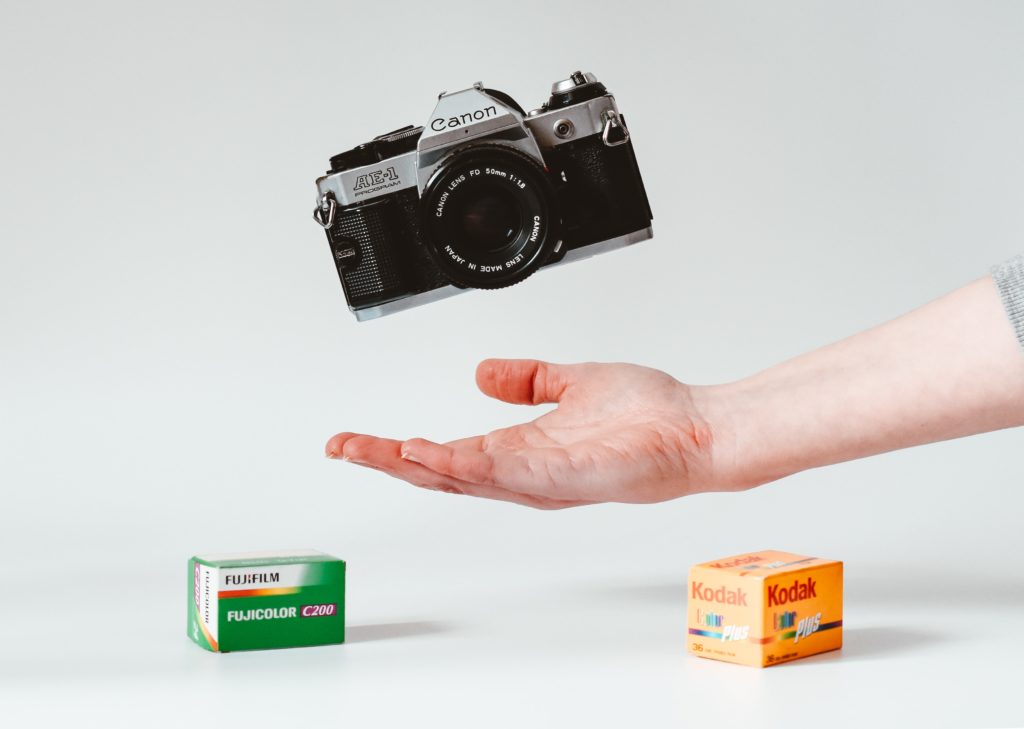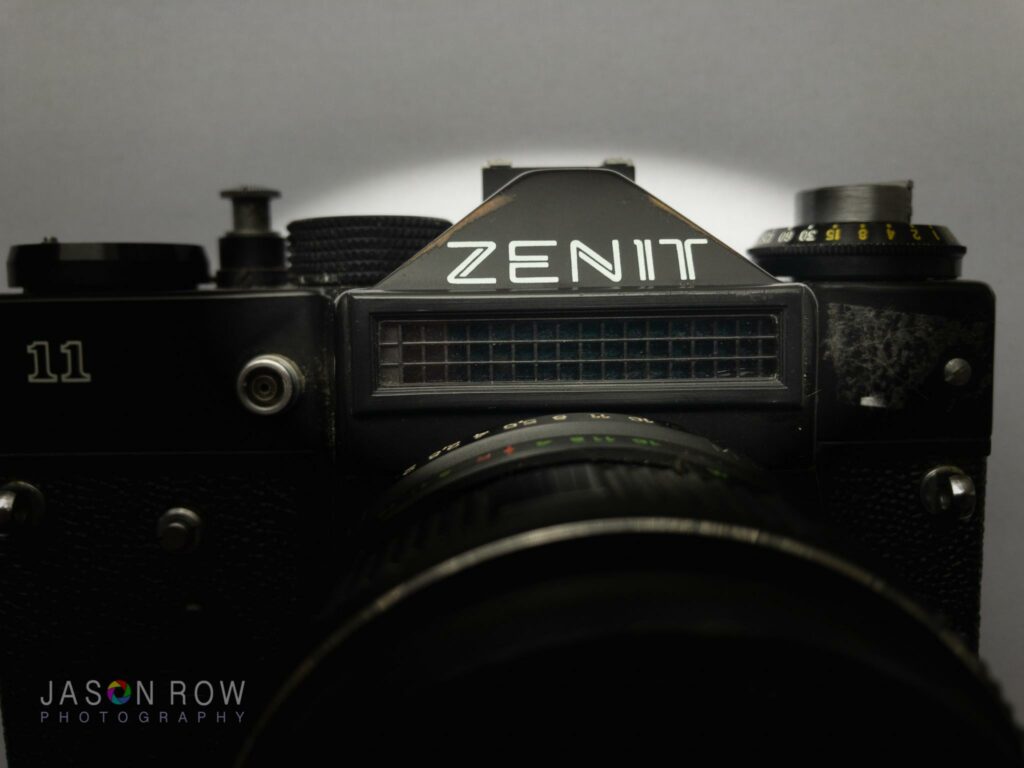It might seem a strange question. Surely choice is a good thing, healthy competition is good for the consumer. More cameras, more lenses, more accessories, more software. The problem is that, in my opinion, we may have gone too far. It seems to me that in the photographic sphere, there are too many products chasing not enough buyers.
Often these products have remarkably similar specifications, sometimes within the same manufacturer. It seems that photographic manufacturing companies are chasing ever smaller and less defined niches in order to sell their wares. Today I want to look at whether this amount of choice is a good thing or a bad thing.

It’s Supply And Demand, Right?
Yes it is, and in a capitalist society there is very little we can do about that. We want it, companies will make it. If it sells, more companies will make a similar product before the market gets saturated. Then the quality has to be dumbed down in order to cut prices and costs.
One slightly off beat example of this is the was the Lensball. One bright marketeer decided to buy up the world’s stock of crystal balls and repackage them as a photographer’s tools at a ridiculous expensive price. A few months later, queue endless dull images of scenes inverted in a glass ball, with little to no compositional value.

However because this fad took off, other companies jumped on the bandwagon and started selling their own crystal balls at lower and lower prices. Eventually the fad died as did most of the companies selling them. Mediums, who had been complaining about a supply shortage of crystals balls, had seen this coming.
The Lensball is perhaps an offbeat example but it does illustrate the issue of excessive choice well. The point being that it will not necessarily be the best quality product that remains, after the feeding frenzy.
Let’s Go Back A While
Slipping on my old man hat, let’s return to the days of film. Those of you that were around in these days would remember the excitement about the announcement of a new camera. This was not because you had watch some Youtube influencer spouting it’s incredible features. No, it was because you had waited several years for this camera to come out and had just read a small press release in a photographic magazine.
That small press release would be enough to sustain excitement for several months before the camera reached the hands of the reviewers. For reviewers, read professional photography journalists, not Youtube sensations. The reviews they produced would be comprehensive and for the most part, impartial. That said, you would still have to take into consideration how much advertising the camera company was placing in said magazine, but for the most part, there was a much more balanced approach to reviews.

The other factor here was the time it took for a new camera or lens to come to market. Even base level consumer models were only refreshed once every three years or so. Professional models could be in excess of 6 or 7 years, often even more. Whilst I am sure the camera manufacturers would have killed for a hype train like we have today, the fact was that it didn’t exist and personally I think that was a good thing. So what of today?
It's Rampant Consumerism!
Of course the term rampant consumerism is not restricted to the photographic industry. It prevails pretty much all consumer and professional products that we buy today. However as this is a photography blog, let’s stick to all things photographic.
All photographic manufacturers these days are pumping out new products at phenomenal rates. Let’s take just one as an example, Sony. Their APS-C range is the 6000 series was originally released in mid 2014. Since then it has been through multiple iterations, each version add a few features, some versions removing features. In reality apart from a slightly better image quality from using a better processor, there is very little difference between them.

That’s very much the theme of modern photographic manufacturing. Lots of different models, nearly all differentiated from each other by slightly varying features. The keys to this huge choice of models are processors and software. Returning to the film days, cameras were mainly mechanical. A camera’s features were kind of set in stone at release. Even the limited processors of newer generation film cameras could not be updated.
Moving forward to today, cameras that share basically the same internal design can easily be differentiated using software. You can buy a base camera that actually has all of the features of a higher level model, except that they are disabled. This allows the manufacturers to offer a bewildering array of models without actually having to spend huge sums on the manufacturing.
So Is This Choice Good For Us?
Yes and no is the honest answer. Yes because we can buy a camera that really suits our own niches. However the problem comes when we decide to upgrade. If the manufacturer decides that certain features that we like, are not unique selling points, then they can remove them and add others. Of course we could stay with our current camera but we may well lose out on the better image quality of a newer sensor. You could move to another company but that entails ditching all your current gear, lenses included and moving to a system that will take time to learn.
The camera companies know this and use it to tie us in to their ecospheres, by constantly dangling newer, “better” products in front of us.
In the end, choice is good for us consumers, however it comes at a price. Semi-conductor supply aside, we are looking at an already saturated camera market, one that is unlikely to sustain all the companies in it at the moment. Who will fail is anyone’s guess, however the companies that do fail will leave behind consumers with rapidly depreciating gear and a need to switch systems to upgrade.
Ultimately, we are currently in a consumer bubble when it comes to camera gear. That bubble will burst eventually and that will not be a good thing for any of us.




